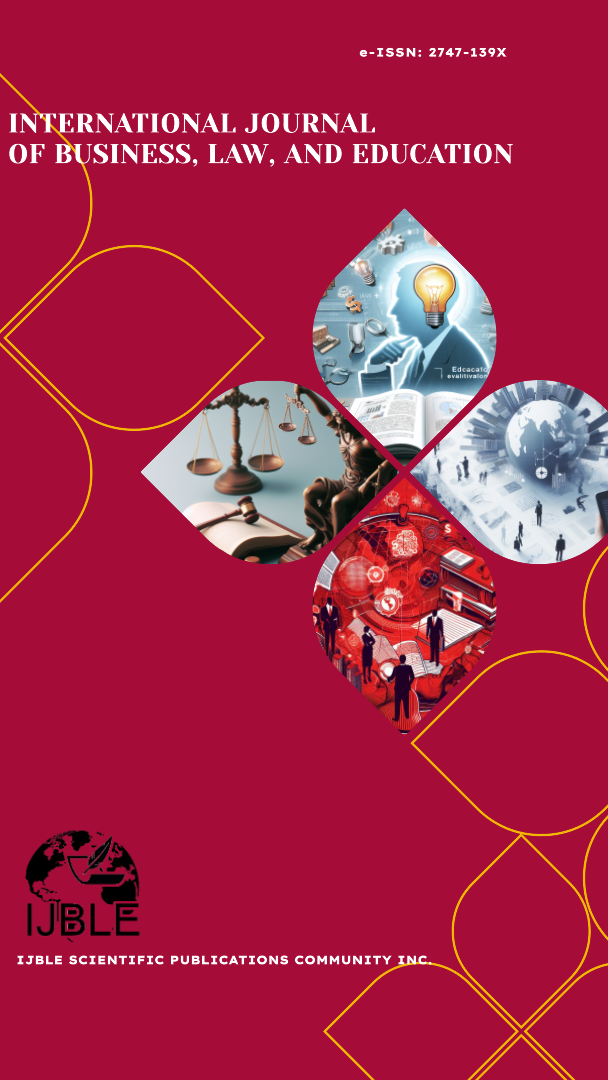Collage from Dry Leaf Waste as a Form of Creativity for Early Childhood (AUD)
DOI:
https://doi.org/10.56442/ijble.v6i2.1165Keywords:
children's creativity, collage, dried leaves, art, early childhood educationAbstract
This study aims to enhance the creativity of 5–6-year-old children through the creation of collage art from dry leaf waste at TK Muslimat NU 12 Az–Zahra Jabung. This study employs a qualitative approach, utilizing a classroom action research (CAR) method conducted in two cycles. Each Cycle consists of four stages: planning, implementation, observation, and reflection. In Cycle I, the children were still passive and lacked confidence in their work. However, in Cycle II, after implementing a more exploratory and enjoyable learning approach, there was a significant improvement in imagination, courage to express ideas, and the ability to arrange shapes. The research results indicate that the use of dried leaf waste as an art medium is effective in stimulating children's creativity and fostering environmental awareness. This activity also encourages independence and cooperation among children.
Downloads
Published
How to Cite
Issue
Section
License

This work is licensed under a Creative Commons Attribution-NonCommercial-ShareAlike 4.0 International License.







